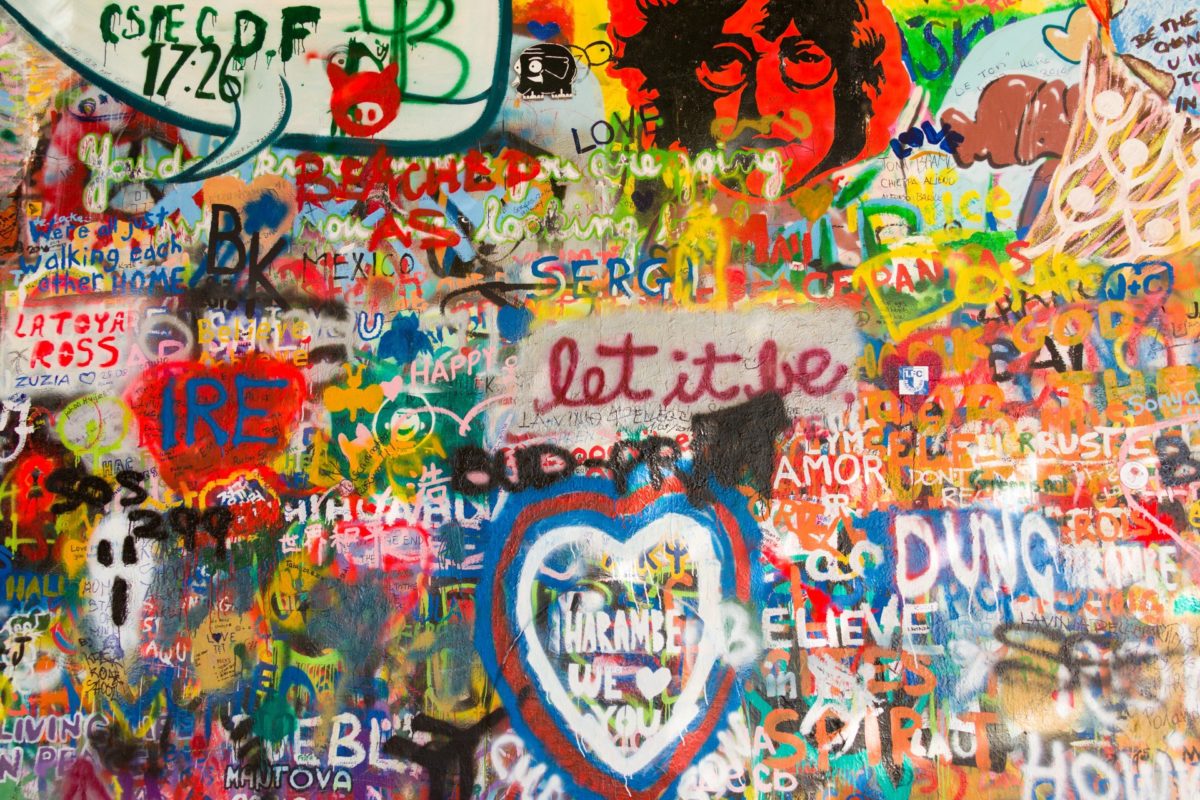You’re a writer. It comes with the territory.
There’s a whole world out there, waiting to be plucked.
If you’re a psychotherapist, clients fall in love with you.
If you’re a goalie, you get hit by the puck.
If you’re a writer, you eavesdrop.
The universe is a canvas and eavesdropping is your airbrush.
Write down what you hear. Kidnap the colloquial. Immediately. Or it will disappear into thin air.
Catch it fast and verbatim, or it will lose its authenticity.
And yes, carry a notebook and pen at all times. Or use an app, if you must.
Diverse Voices from One Author
“I am ruminating,” said Mr. Pickwick, “on the strange mutability of human affairs.” ~Charles Dickens, The Pickwick Papers
“But now,” continued Sam, “now I find what a reg’lar soft-headed, inkred’lous turnip I must ha’ been; for there ain’t nobody like you, though I like you better than nothin’ at all.” ~also Charles Dickens, The Pickwick Papers
“I am afeerd that werges on the poetical, Sammy,” said Mr. Weller dubiously. ~and again, Charles Dickens, The Pickwick Papers, 1837
You Can Do This, Too
Collect a variety of voices for your work by eavesdropping on:
- people shoulder-to-shoulder with you on a crowded train
- covert whispers from the office cubicle next to yours
- conversations floating by at the mall
- hushed tones in a hospital
- the audience at spoken word/poetry readings
- yoga teachers socializing after class
- passionate panting from your roommate’s bedroom
- arguments at family get-togethers
- people at the ballet, cricket, opera, baseball, etc.
- gossip at school reunions
- people walking by speaking on their phones
- guys playing chess in the park
- commuters on the bus
- dogwalkers chit-chat
- the world-at-large
Nothing is sacrosanct.
Just don’t reveal your source and it’s all grist for the mill.
Spice your writing with vernacular, patois, dialect, and parlance. Savor the flavor. Genuine conversation becomes the catchiest graffiti in your prose.
Snippets of dialogue will liven up your non-fiction and become full-blown characters in your fiction. This works for essays, articles, novels, short stories, song lyrics, poetry, memoirs, historical biographies, and much more.
Keep a file of real life quotations and overheard conversations. You will develop an uncanny knack for fitting them into your work-in-progress in the most satisfying way.
Don’t stop there.
Even if you can’t draw, make a crude sketch of body language, striking urban hair, or the pattern on a shirt or dress. Please don’t leave out the shoes! Shoes always have a story to tell. Use these thumbnails later to flesh out the dialogue.
While you’re out and about, use the world as your paintbox. You’re a writer. Draw verbal portraits. Populate your writing with rich, diverse voices.
And if you’re feeling really wicked, peek in somebody’s medicine cabinet. All those bottles tell a tale, for sure.
Take your writing to the next level.
As a AWA Certified Creative Writing Teacher and a Gestalt psychotherapist, I’ve developed unique, creative ways for you to delve deep and find your true voice.






